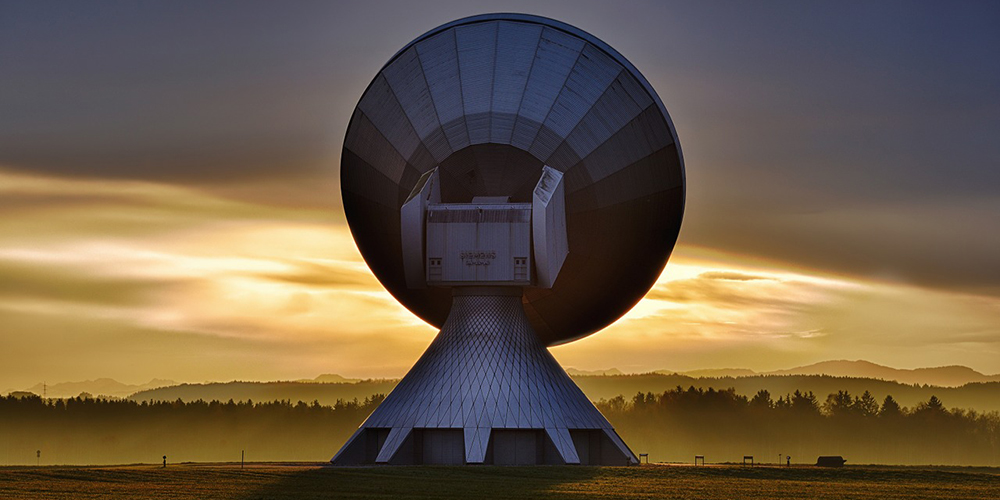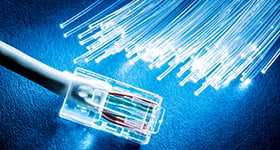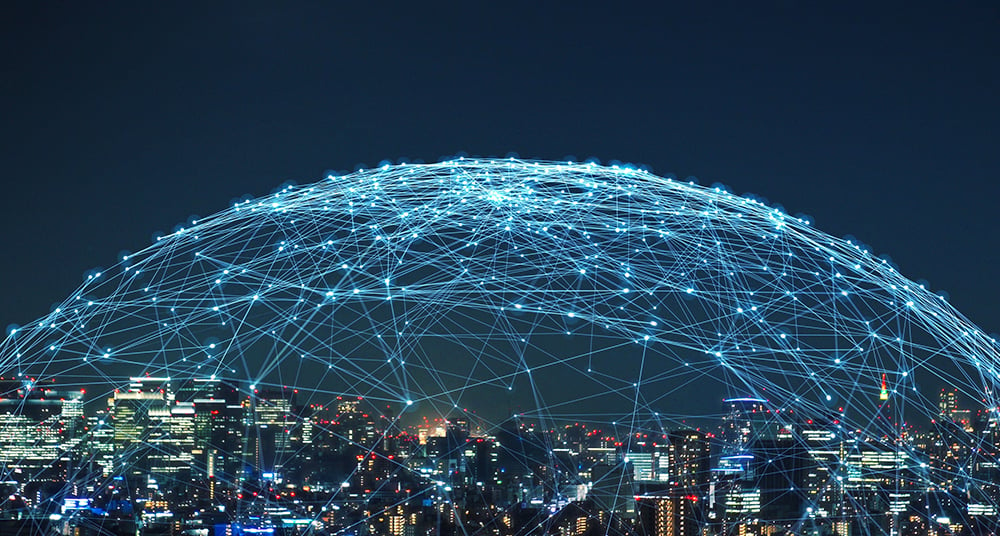
Semtech Corporation, a semiconductor provider and developer of advanced algorithms for the IoT, and Lacuna Space have announced a collaboration with space industry leaders, including the European Space Agency (ESA) and Parametric, to extend a LoRaWAN network into orbit by providing satellite connectivity to fill voids between the terrestrial gateways out of cellular reach and provide continuous global coverage.
Lacuna Space uses a constellation of polar low-earth orbiting satellites to receive messages from sensors integrated with Semtech’s LoRa devices and wireless radio frequency technology on the ground. The satellites circle over the poles of the earth every 100 minutes store transmitted messages for a short period of time until they pass over the network of ground stations. Data is relayed to an application on a terrestrial network or be viewed on a web based application.
“There are endless possibilities for things that sensors can measure and the limit literally is your imagination,” said Rob Spurrett, CEO, Lacuna Space. “Semtech’s LoRa Technology and the LoRaWAN open protocol allow for extended range and reach where other networks are unable to cover to develop unknown, unique use cases. Our satellite demonstration has filled the void in rural regions and oceans where there is a lack of traditional network coverage.”
“Semtech works closely with technology partners to enable an infinite amount of IoT use cases,” said Vivek Mohan, Director, Wireless and Sensing Products Group at Semtech. “With Lacuna extending the LoRaWAN network into space, more users will develop global solutions for assets that need long range and low power capabilities to build a smarter planet.”
Key Features of LoRa Technology:
- Long Range: A single base station using LoRa Technology enables deep penetration capability for dense urban environments and indoor coverage, while also providing the ability to connect to sensors more than 15-30 miles away in rural areas.
- Low Power: Enables unprecedented battery lifetime of up to 10 years depending on the application.
- Geolocation: Enables tracking applications without GPS or additional power consumption.
- Low Cost: LoRa Technology reduces up front infrastructure investments and operating costs, as well as end-node sensor costs.
- Open Standard: The LoRaWAN open protocol, provided by the LoRa Alliance™, ensures interoperability among applications, IoT solution providers and telecom operators to speed adoption and deployment.
Ken Briodagh is a writer and editor with more than a decade of experience under his belt. He is in love with technology and if he had his druthers would beta test everything from shoe phones to flying cars.Edited by
Ken Briodagh





